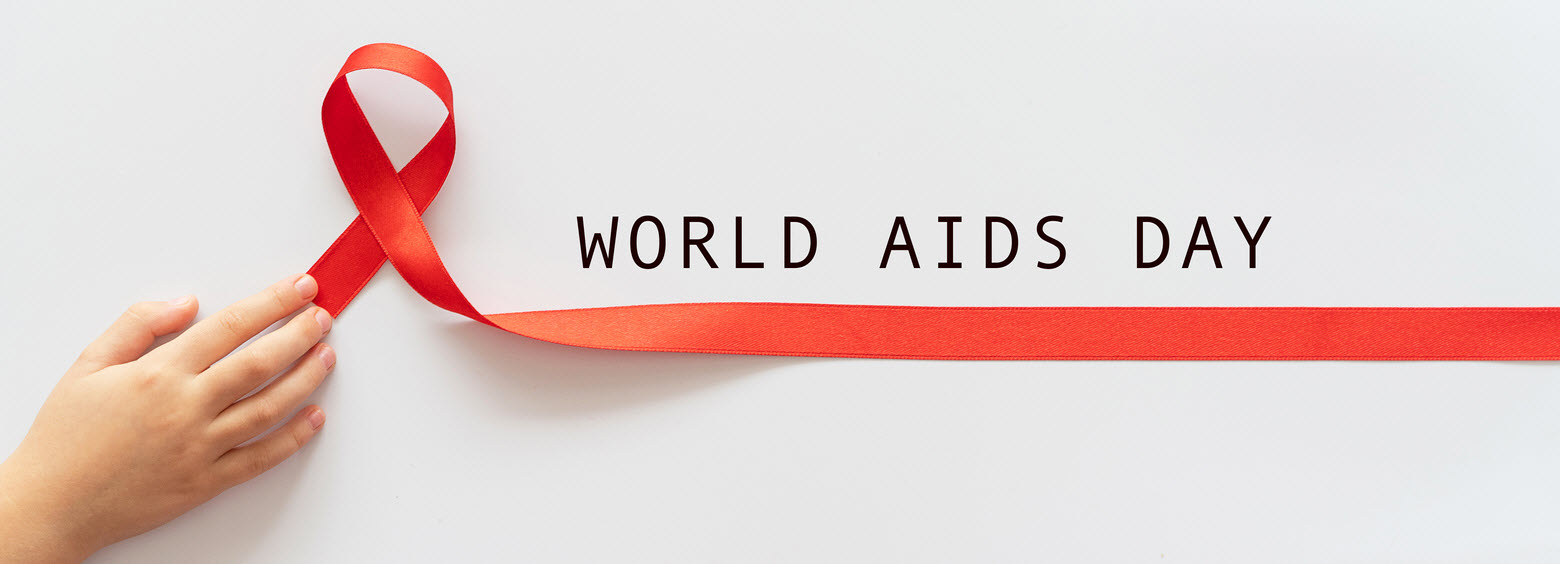| By Carol Brennan |
World AIDS Day is commemorated every December 1. It’s a day to pause and express solidarity with those mourning the lives lost to the acquired immunodeficiency syndrome (AIDS) over the past four decades, and also to show support to those who are living with the human immunodeficiency virus (HIV). Over the years, Gale has featured many prominent figures in the fight against HIV/AIDS and wishes to highlight some of the most heroic figures for World AIDS Day on December 1, 2023.
The first World AIDS Day was on December 1, 1988. One of the leading figures in attaining that designation from the World Health Organization (WHO) was American epidemiologist Jonathan Mann (1947–1998), who founded WHO’s Global Programme on AIDS in 1986. On the second World AIDS Day, in 1989, film legend Elizabeth Taylor (1932–2011) cohosted a fundraising gala that raised nearly $3 million in a single day for the American Foundation for AIDS Research, or am FAR. Taylor’s longtime friend, Rock Hudson (1925–1985), died of AIDS in 1985, and the revelation of Hudson’s diagnosis shocked Americans of their generation because the handsome romantic-comedy actor had spent his entire adult life concealing his identity as a gay man.
By the third World AIDS Day in 1990, the disease had claimed more than 336,000 lives, and among the casualties were many luminaries in the arts. They include graffiti artist Keith Haring (1958–1990), fashion designer Perry Ellis (1940–1986), pianist Liberace (1919–1987), Broadway choreographer Michael Bennett (1943–1987), and photographer Robert Mapplethorpe (1946–1989). Another casualty of the decade was Indiana teenager Ryan White (1971–1990), who was born with hemophilia and contracted HIV from tainted blood products. The Ryan White CARE Act, which provides federal funds for Americans with HIV/AIDS, was passed by Congress in 1990. Another teenager in the Midwest is less well known but was the first confirmed death from HIV/AIDS in the United States. His name was Robert Rayford (1953–1969), and he died in a St. Louis hospital in 1969—years before the disease was identified by the U.S. Centers for Disease Control and Prevention. Rayford’s rapid decline so puzzled infectious disease specialists in St. Louis that they preserved his tissue samples, which were genetically tested in the 1980s and confirmed to contain a strain of HIV.
Early on, World AIDS Day adopted a red ribbon as a symbol of its cause, and British actor Jeremy Irons (born 1948) was the first to wear it at a high-profile event—the 1991 Tony Awards. There is a long and illustrious list of men and women who fought against HIV/AIDS, whether by advocating for increases in funding for research and treatment or to eradicate the stigma HIV and AIDS carried in the first years of the epidemic. Among the leading lights have been playwrights Larry Kramer (1935–2020)and Tony Kushner (born 1956); San Francisco activist Cleve Jones (born 1954), credited with marshaling support for the AIDS Memorial Quilt; Mathilde Krim (1926–2018), a public health expert who sounded early warnings about the epidemic; basketball legend Earvin “Magic” Johnson (born 1959), the Los Angeles Laker who revealed he was HIV positive in 1991; Pernessa Seele (born 1954), an immunologist who founded the organization Balm in Gilead to enlist the support of Black churches to help the HIV/AIDS community; and Ganga Stone (1941–2021), a New Yorker who began delivering takeout meals to homebound AIDS sufferers on her bicycle—out of which grew the volunteer organization God’s Love We Deliver.
All of these names, and many more heroic individuals and courageous fighters, are profiled in Gale In Context: Biography on this 36th annual World AIDS Day. With the unprecedented effort to halt the disease over the past four decades, it seems probable that in the years to come we’ll feature the scientists who will be celebrated for reversing HIV—and pay tribute to the last known person to die of AIDS.

About the Author
Carol Brennan has been writing biographical entries for Cengage/Gale since 1993. If she’s not writing, she is either at yoga or walking her dachshund. Carol consumes an alarming volume of podcasts and audiobooks weekly.





